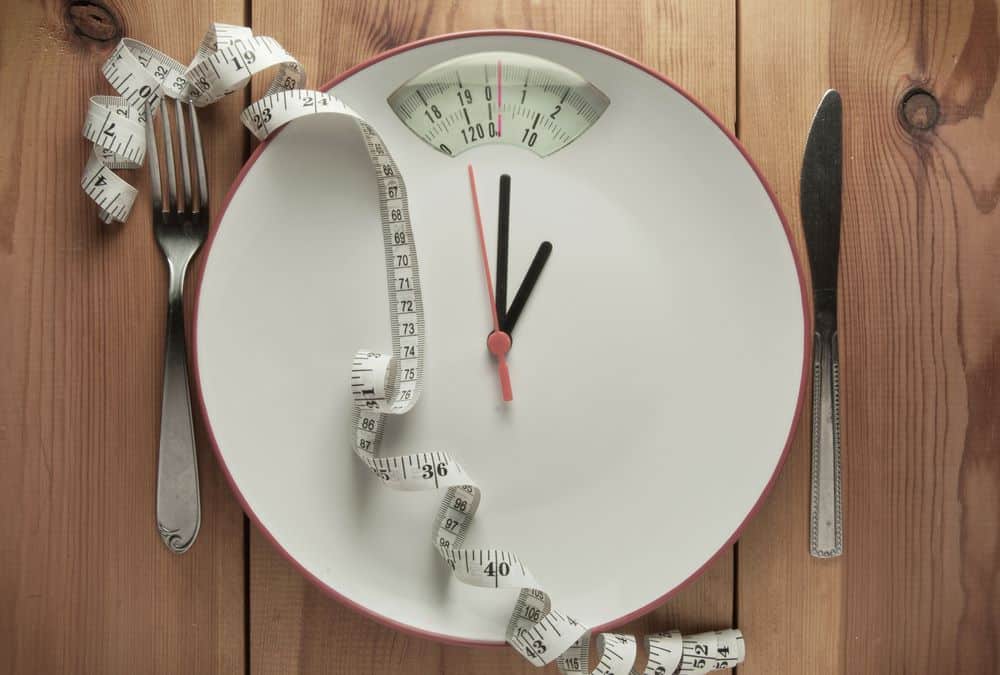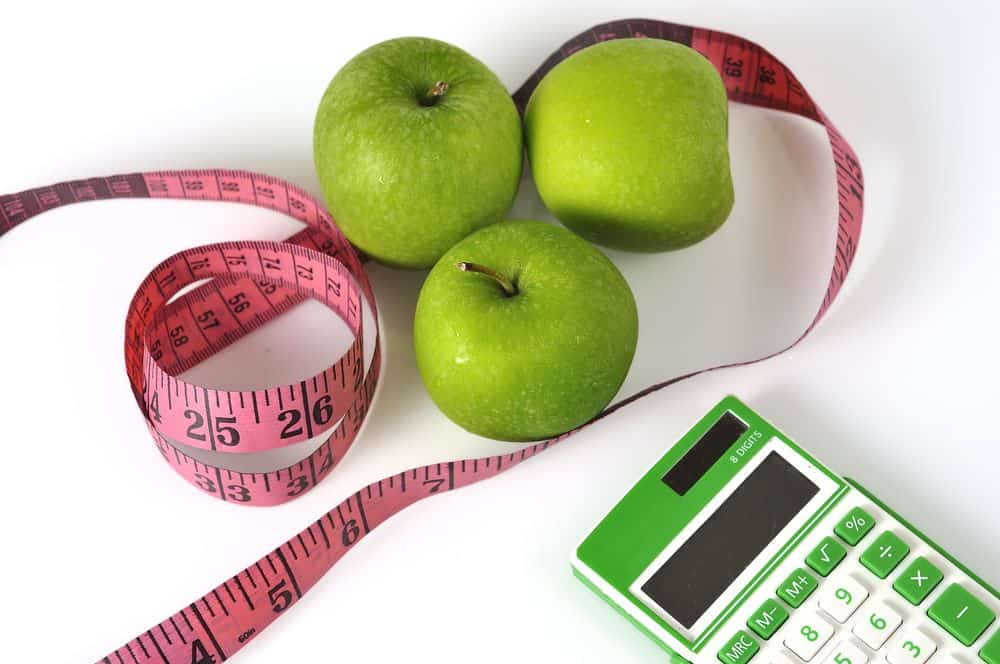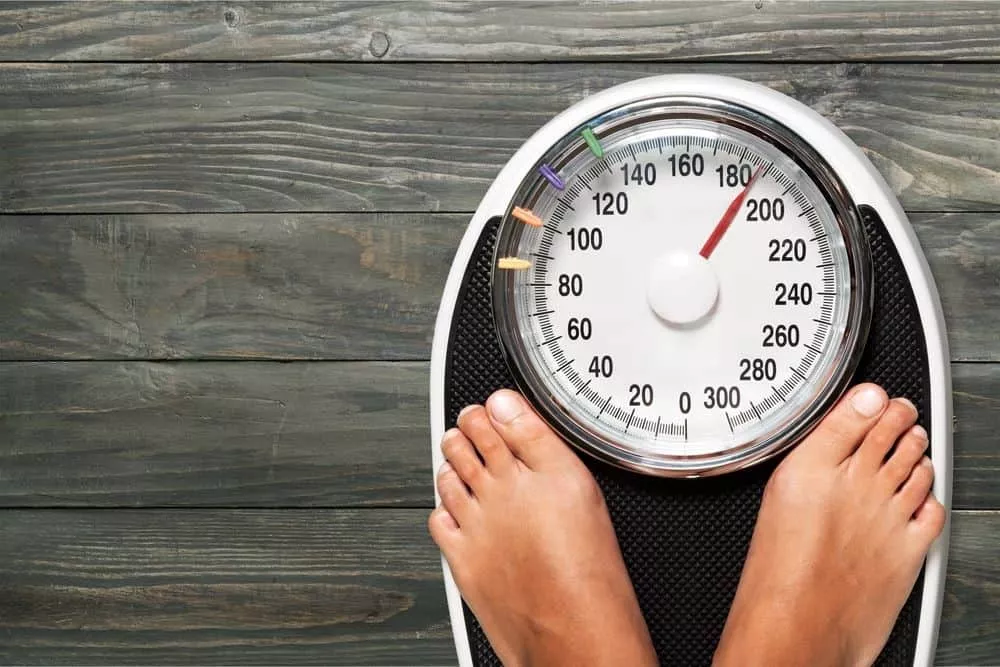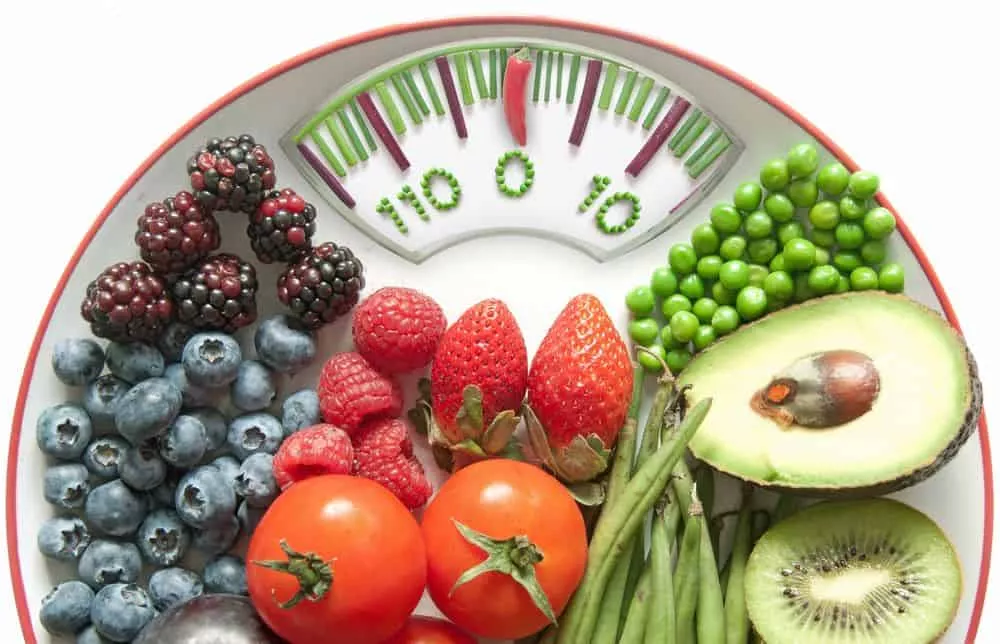Are you finding it hard to lose weight? The first step to losing weight is using our Daily Calorie Calculator to know how many calories you need. In this easy guide, we’ll look at the science of losing weight. We’ll also show you how to use our Weight Loss Calculation Tool. Plus, we’ll give you expert tips, including steps to lose a pound a day, to help you on your path to a healthier lifestyle.

Key Takeaways:
- Weight loss occurs when you burn more calories than you consume
- It can result from a decrease in body fat, muscle mass, or body fluids
- Healthy weight loss typically ranges from 1-2 pounds per week
Calculate Your Weight Loss Plan
Weight Loss Calculator
Personalize Your Weight Loss Journey
Your Personalized Weight Loss Plan:
How It Works:
This Weight Loss Calculator uses your personal information and goals to create a tailored weight loss plan. It calculates your Basal Metabolic Rate (BMR), factors in your activity level, and creates a calorie deficit to help you reach your target weight safely and sustainably.
Tips for Success:
- Combine your calorie goal with a balanced, nutritious diet
- Incorporate regular physical activity into your routine
- Stay hydrated and get adequate sleep
- Track your progress and adjust as needed
- Consult with a healthcare professional before starting any new diet or exercise program
What is Weight Loss?
Weight loss means lowering your body weight. People usually do this by eating healthier and exercising. Many want to lose weight to look better. But keeping a healthy weight is very important for your overall health and to prevent diseases.
The Importance of Maintaining a Healthy Body Weight
Achieving and maintaining a healthy body weight is about more than just looking good. It’s an important part of staying healthy and living a long life. Here’s why it matters:
- Reduced Risk of Chronic Diseases: Maintaining a healthy weight can lower your risk of developing conditions such as:
- Heart disease
- Type 2 diabetes
- Certain types of cancer
- Osteoarthritis
- Improved Cardiovascular Health: A healthy weight reduces strain on your heart and blood vessels, leading to better circulation and lower blood pressure.
- Enhanced Energy Levels: Carrying excess weight can be exhausting. Shedding those extra pounds can boost your energy and improve your overall quality of life.
- Better Mental Health: Achieving your weight loss goals can boost self-esteem and reduce symptoms of depression and anxiety.
- Increased Longevity: Studies have shown that maintaining a healthy weight can add years to your life.
Introducing the Weight Loss Calculation Tool

Our Weight Loss Calculation Tool makes it easy to figure out your daily caloric needs. This helps you lose weight effectively. Many other calorie calculators are made for maintaining or gaining weight. But our tool is designed just for weight loss.
How the Weight Loss Calculator Works
The Weight Loss Calculation Tool uses a series of inputs to provide personalized recommendations:
- Personal Information: Age, gender, height, and current weight
- Activity Level: Your typical daily activity and exercise habits
- Weight Loss Goals: Your target weight and desired timeframe
Using this information, the calculator:
- Determines your Basal Metabolic Rate (BMR)
- Factors in your activity level to calculate your Total Daily Energy Expenditure (TDEE)
- Creates a calorie deficit based on your weight loss goals
- Provides a recommended daily calorie intake for sustainable weight loss
Benefits of Using the Weight Loss Calculation Tool
- Personalized Approach: Tailored recommendations based on your unique characteristics and goals
- Realistic Expectations: Helps set achievable weight loss targets
- Flexibility: Allows for adjustments based on progress and changing goals
- Education: Increases understanding of caloric needs and energy balance
How to Use the Weight Loss Calculator

Follow these simple steps to get your personalized weight loss plan:
- Enter Personal Details: Provide your age, gender, height, and current weight
- Select Activity Level: Choose the option that best describes your typical daily activity
- Set Your Goals: Enter your target weight and desired timeframe
- Calculate: Click the “Calculate” button to receive your results
- Review Results: Analyze your recommended daily calorie intake and weight loss projections
Understanding Your Results
The Weight Loss Calculation Tool provides several key pieces of information:
- Daily Calorie Goal: The number of calories you should consume each day to achieve your weight loss target
- Weekly Weight Loss Projection: An estimate of how much weight you can expect to lose per week
- Total Weight Loss Timeline: A breakdown of your weight loss journey over time
- Maintenance Calories: The calorie intake needed to maintain your goal weight once achieved
Strategies for Successful Weight Loss

While knowing your caloric needs is essential, sustainable weight loss requires a holistic approach. Here are some proven strategies to help you succeed:
1. Focus on Nutrient-Dense Foods
Fill your plate with foods that provide maximum nutritional value for fewer calories:
- Lean proteins (chicken, fish, tofu)
- Fruits and vegetables
- Whole grains
- Legumes
- Healthy fats (avocado, nuts, olive oil)
2. Practice Portion Control
Even healthy foods can contribute to weight gain if consumed in excess. Use these tips to manage portions:
- Use smaller plates and bowls
- Measure servings with a food scale or measuring cups
- Learn to recognize proper portion sizes visually
3. Stay Hydrated
Drinking plenty of water can support weight loss by:
- Reducing hunger and cravings
- Boosting metabolism
- Enhancing exercise performance
Aim for 8-10 glasses of water per day, and consider drinking a glass before meals to promote feelings of fullness.
4. Incorporate Regular Exercise
Physical activity is crucial for successful weight loss and overall health. Aim for a combination of:
- Cardiovascular exercise (150 minutes of moderate-intensity or 75 minutes of high-intensity per week)
- Strength training (2-3 sessions per week targeting all major muscle groups)
- Flexibility and balance exercises
5. Get Adequate Sleep
Poor sleep can derail your weight loss efforts by:
- Increasing hunger hormones
- Reducing willpower and decision-making abilities
- Decreasing energy for physical activity
Aim for 7-9 hours of quality sleep each night to support your weight loss journey.
6. Manage Stress
Chronic stress can lead to weight gain and make it harder to lose weight. Incorporate stress-management techniques such as:
- Meditation
- Deep breathing exercises
- Yoga
- Regular physical activity
- Spending time in nature
7. Track Your Progress
Monitoring your weight loss journey can help you stay motivated and identify areas for improvement. Consider:
- Keeping a food diary
- Using a fitness tracker or smartphone app
- Taking progress photos
- Regularly measuring body composition
8. Build a Support System
Surround yourself with people who encourage and support your weight loss goals. This might include:
- Friends and family members
- A workout buddy
- A registered dietitian or nutritionist
- A support group (online or in-person)
Common Weight Loss Mistakes to Avoid

As you embark on your weight loss journey, be aware of these common pitfalls:
- Crash Dieting: Severely restricting calories can slow metabolism and lead to rebound weight gain
- Neglecting Strength Training: Building muscle helps boost metabolism and supports long-term weight loss
- Relying on Processed “Diet” Foods: Many low-fat or sugar-free options are high in artificial ingredients and may not satisfy hunger
- Skipping Meals: This can lead to overeating later and disrupt metabolism
- Focusing Solely on the Scale: Weight fluctuates naturally; consider other measures of progress like body measurements and how clothes fit
- Unrealistic Expectations: Sustainable weight loss takes time; aim for steady, gradual progress
- Ignoring Hidden Calories: Be mindful of liquid calories, cooking oils, and condiments
Conclusion: Your Path to Sustainable Weight Loss

Achieving and keeping a healthy weight is a journey that needs patience and dedication. You also need the right tools. Use our Weight Loss Calculation Tool. Follow the strategies in this guide. With these, you can reach your goals and improve your overall health and well-being.
Remember, everyone’s weight loss journey is unique. Listen to your body. Celebrate small victories. Don’t hesitate to seek help from professionals when needed. Be consistent. Keep going. You can achieve the healthy and vibrant life you deserve.
Are you ready to start? Try our Weight Loss Calculation Tool today. Begin your transformation!
